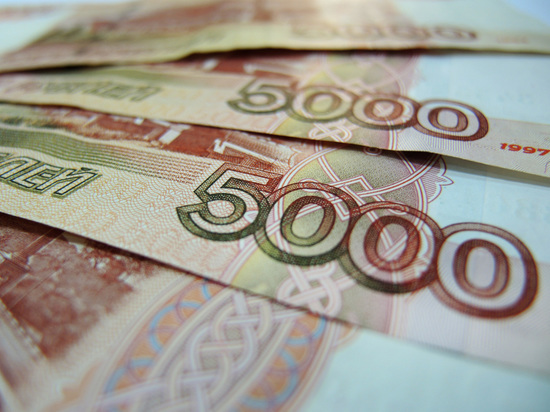The Bank of Russia will again lower the key rate: what should the Russians expect
[ad_1]

Experts believe that at least bank interest on loans will decrease
This coming Friday, September 16, a meeting of the Board of Directors of the Bank of Russia will be held, at which a decision on the key rate will be made. Most experts believe that it will be reduced. Disputes are only regarding the size of the reduction and the reasons why the regulator would decide to take such a step. What and why the Central Bank will do and how the sixth rate cut this year will affect the Russians, MK found out.
The decline in Russia’s GDP in July, according to the Ministry of Economic Development, amounted to 4.3% after a reduction of 4.9% in June. At the end of the year, the department expects a decrease in this indicator by 2.9%. In August, the Bank of Russia predicted a 4-6% decline in GDP in 2022. At the same time, the sanctions pressure continues, and in order not to “sag” in such conditions, it is important to stimulate business activity.
“We believe that a reduction in the key rate will help spur market lending in both the consumer and corporate sectors,” says Mikhail Vasiliev, chief analyst at Sovcombank. “Credit in the economy will become cheaper, which will support consumer and investment demand.” The expert expects the Central Bank to reduce the key rate by 1 percentage point to 7% per annum.
According to Vasily Karpunin, head of the information and analytical content department at BCS World of Investments, the regulator will be more restrained and will reduce this figure by 0.5% to 7.5%. “The main reason for the rate cut is the deflation observed for 9 weeks in a row,” the analyst says. “This has never happened before in history.”
On the other hand, the regulator may not go for a significant rate cut. The Central Bank issued a report indicating a change in the inflationary picture: the current rate of price growth will increase in the coming months. This is due to the exhaustion of the effect of the strengthening of the ruble and the revival of consumer demand due to the easing of credit conditions and a decrease in the propensity to save, the expert notes.
“Now the task of stimulating credit and consumer activity and business seems more important than curbing inflation, especially since the latter is already slowing down,” Artem Klyukin, an expert at IVA Partners Investment Company, enters into an argument. In his opinion, the regulator will reduce the key rate by 1%, since the Ministry of Finance is pushing the idea of a weak ruble very strongly to support exports and fill the budget.
How is this related? Recall that the reduction in the rate makes lending more accessible, which leads to an increase in business activity and demand from the population for goods. And this, in turn, means higher prices for them. Inflation is growing, and this already leads to a decrease in the value of the national currency.
Between the key rate and the exchange rate of the national currency in the usual mode, without a sanction, the following pattern is noted: the higher the official rate in the state, the higher the demand for the currency of this country, because it is bought up in order to deposit funds at a high rate in banks. And since the demand for the currency is growing, and its supply on the market does not change, this leads to an increase in the value of the currency on the stock exchange.
In the situation with the ruble, the previously noted patterns may not work, since it is controlled by geopolitics. “We do not expect an immediate reaction of the ruble exchange rate to the reduction of the key rate,” Vasiliev continues the conversation. “After the introduction of capital flow controls in Russia and sanctions restrictions in the West, the impact of the key rate on the ruble exchange rate has significantly decreased, it has become longer and more indirect.”
According to Natalya Milchakova, a leading analyst at Freedom Finance Global, after the key rate is reduced, bank interest on loans and deposits will decrease. This should especially please future homebuyers. Mortgage interest rates may decrease by 0.5-2%, depending on how much the key rate will be reduced, and interest rates on consumer loans may decrease by about the same amount (0.5-1.5%).
Although some banks already offer consumer loans at 7% per annum, so this is a signal that the banking sector is waiting for a key rate cut. But bank depositors will not be delighted with this, because they are waiting for a decrease in interest on deposits by 0.5-2%, the expert emphasized. “There are fewer and fewer interesting investment options for Russians,” Karpunin agrees. Low deposit rates can squeeze some of the capital into consumption or into instruments with higher fixed income, such as bonds, the analyst believes.
[ad_2]
Source link






